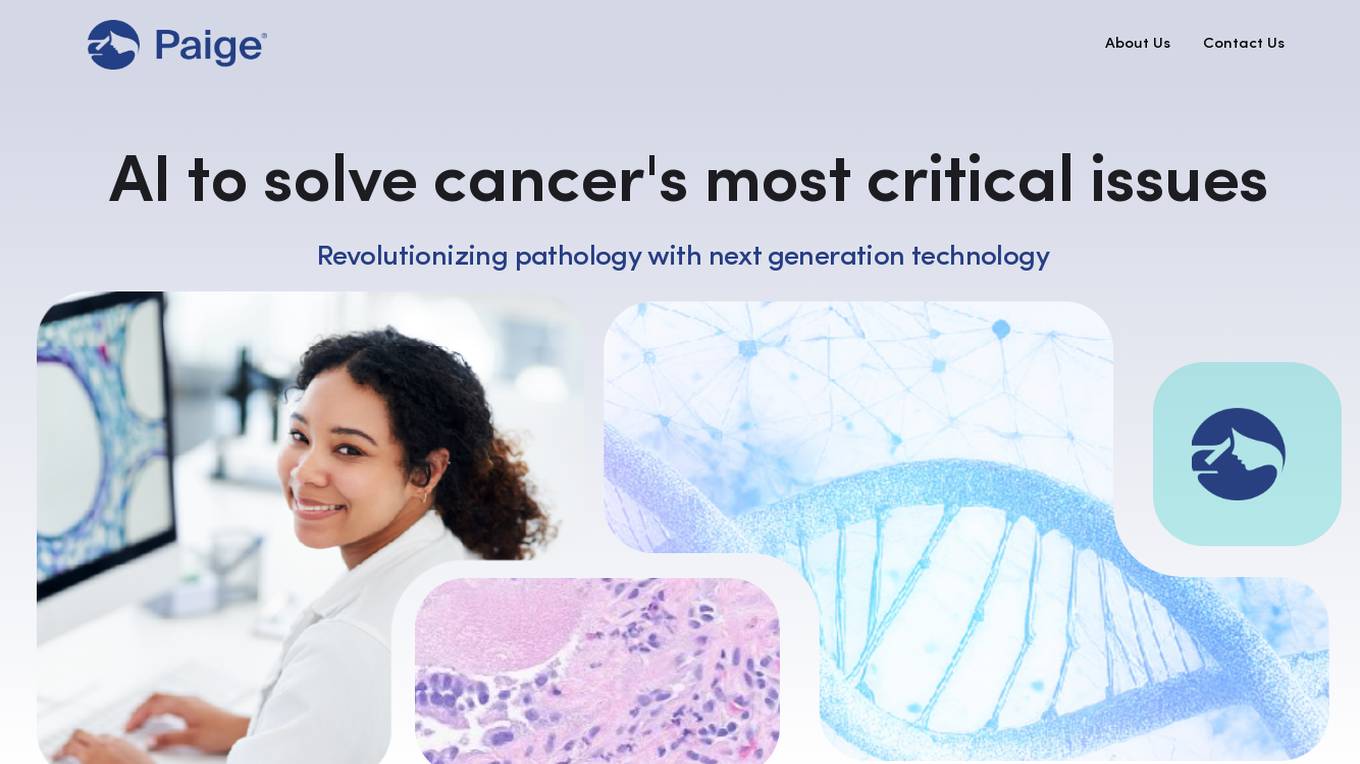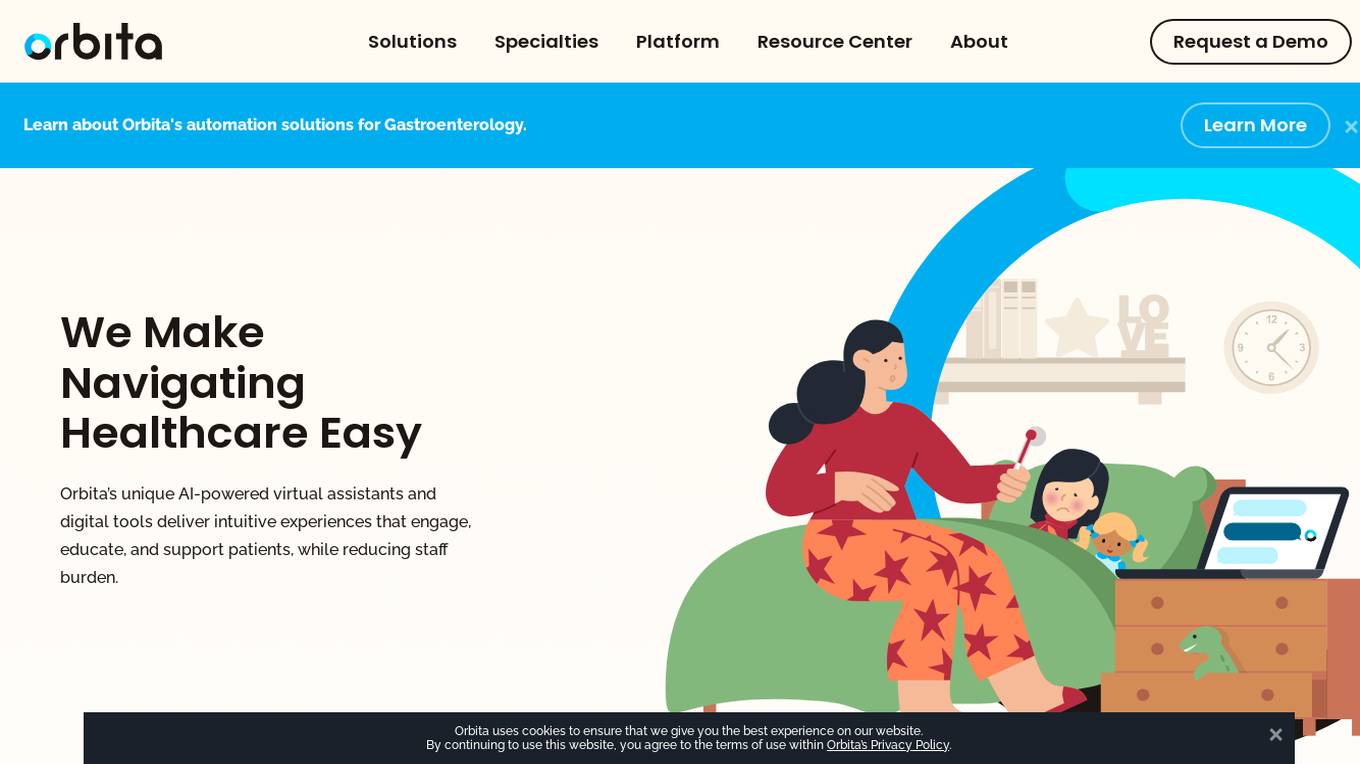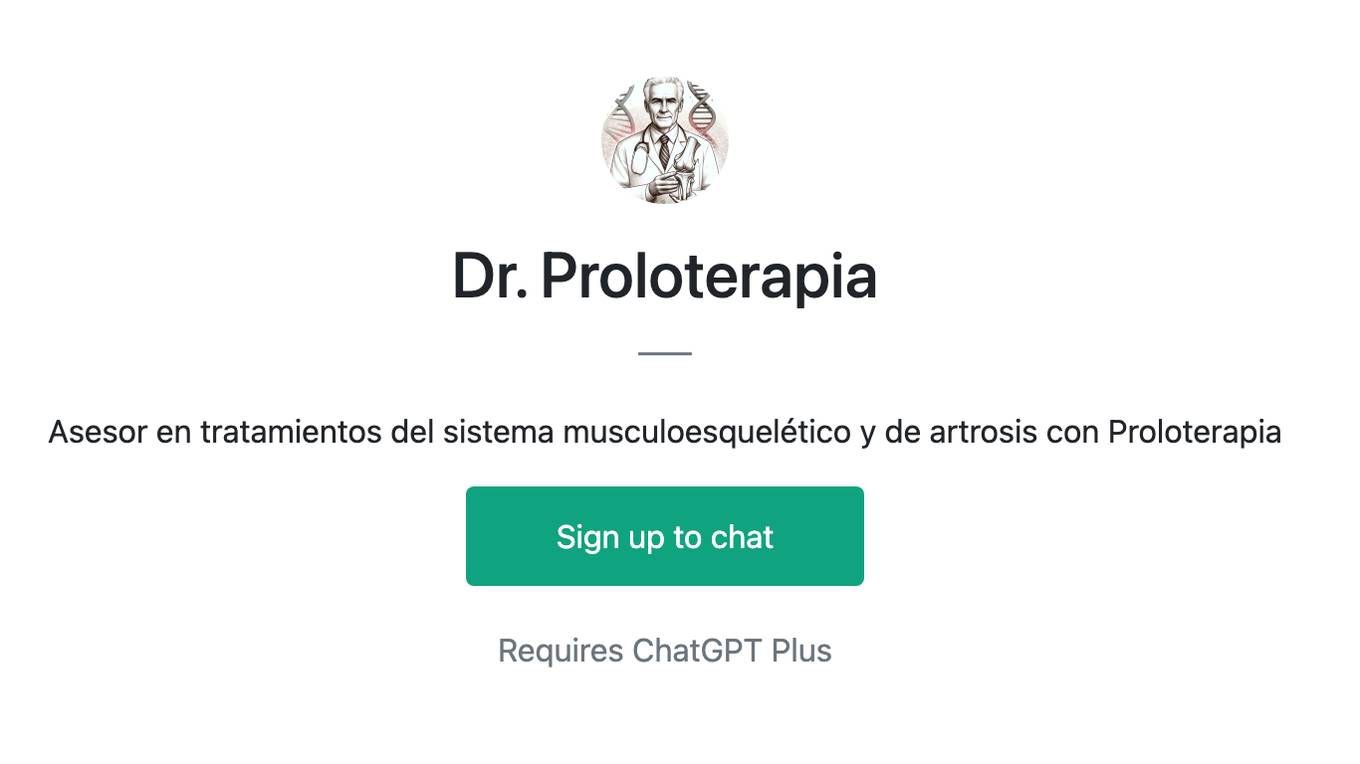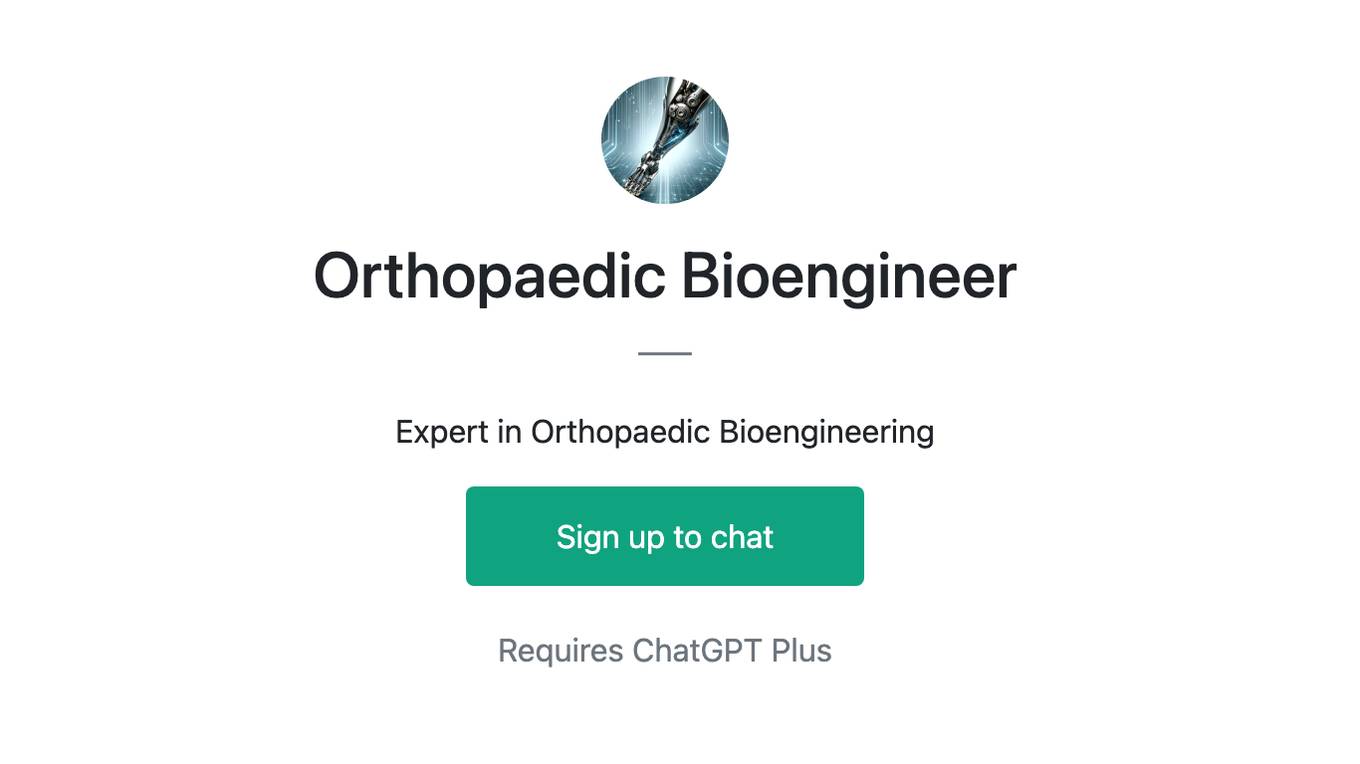Best AI tools for< Tissue Engineer >
Infographic
4 - AI tool Sites

Valo
Valo is a company that uses AI-driven technology to transform the discovery and development of life-changing medicines. They combine machine learning, tissue biology, and patient data to create a suite of powerful capabilities that bring the future of drug discovery and development to bear. Valo's team of software engineers, data scientists, biologists, medicinal chemists, and big-picture thinkers are dedicated to advancing the combined power of technology and patient data.

Paige AI
Paige is a leading AI company revolutionizing pathology with next-generation technology. They provide diagnostic and biomarker AI, predictive analytics technology, and AI-assisted applications to support cancer detection, subtyping, and molecular biomarker discovery from tissue samples. Paige offers a range of AI suites for prostate, breast, colon, and PanCancer, as well as the innovative Paige Alba™ multi-modal co-pilot. Their advanced AI technology and services help streamline AI development, optimize existing applications, and drive groundbreaking advancements in cancer care.

GRAIL
GRAIL is a healthcare company innovating to solve medicine’s most important challenges. Our team of leading scientists, engineers and clinicians are on an urgent mission to detect cancer early, when it is more treatable and potentially curable. GRAIL's Galleri® test is a first-of-its-kind multi-cancer early detection (MCED) test that can detect a signal shared by more than 50 cancer types and predict the tissue type or organ associated with the signal to help healthcare providers determine next steps.

Orbita
Orbita is an AI-powered patient engagement and communication platform that offers automation solutions for healthcare providers. It provides virtual assistants and digital tools to streamline patient care, improve operational efficiency, and enhance the overall patient experience. Orbita's solutions include Digital Front Door, Patient Access and Acquisition, and Care Navigation, which leverage advanced AI technology to support patients and staff across the healthcare journey.
0 - Open Source Tools
3 - OpenAI Gpts

Biomedical Engineering Expert
Your personal biomedical engineer. Create anything related to BME.

Dr. Proloterapia
Asesor en tratamientos del sistema musculoesquelético y de artrosis con Proloterapia
